Educating customers and prospects is a great investment.
People buy more confidently when they know more about the topic!
This applies whether you sell preowned aircraft, landing gear components, maintenance software, insurance, or any other aviation product or service.
Here are three topics you should include in your educational marketing campaigns:
How to Shop for _________
How Use Your New _________
How To Get More Value from your ___________
Create articles, videos, webinars, or courses . . . but create SOMETHING that helps your customers be educated and make good decisions.
[embedyt] https://www.youtube.com/watch?v=2OSvebkakj0[/embedyt]
Transcript
Paula Williams: Welcome to this week’s episode. Last week we talked about three ways that Customer Education is connected to sales and marketing in ways that you may not have thought of. Right?
John Williams: Yes.
Paula Williams: Hopefully, you have been thinking about that. Today we are going to get more into some of the specifics of Types of Customer Education that will help you drive more sales. Right?
John Williams: Okay.
Paula Williams: All right. Okay. First thing, last week we talked about customer acquisition cost, what the payback is, what the long-term or the lifetime value of a customer is, and also what Churn is. The moral of that whole story, without going into all the nauseating math, is that sometimes we have to spend more to acquire a customer in order to get a bigger Payback in the long term, especially in Aviation where we have long sales cycles, we have complex products, we have high ticket transactions, and all of those things happen. So we want to maximize that green arc or that green triangle so that customers stay with us for a longer amount of time. They spend more money with us, they do more repeat purchases, they refer more of their friends. All of those things make that green section bigger, which is what we want. Right?
John Williams: Exactly.
Paula Williams: Okay. We have a tiny little red section at the beginning. That is worth it if we can make the math come out over the long haul.
John Williams: Yep. Customers cost money.
Paula Williams: Right, and that has always been true of Aviation. We have been preaching about the length of the sales cycle in Aviation versus any other industry for as long as we have been doing this, which is fifteen years. But what has changed, I would say in the last year or two, is the emphasis on education. Companies that do a better job of educating their customers, have their customers stay longer, spend more money, drop out less, have fewer problems, have fewer customer service problems, have fewer unhappy customers. And all of those things work out much better if you do the education on the front end.
John Williams: True.
Paula Williams: All right, cool.
John Williams: And throughout actually.
Paula Williams: Okay. Today we are going to talk about Three Types of Customer Education To Drive More Sales. These are general topic ideas. They are not necessarily the headline of your course, right? Because we do not know what you sell. You could sell insurance, you could sell landing gear, you could sell software that does maintenance tracking, you could sell aircraft, pre-sold or pre-owned aircraft. You could sell icing boots. I do not know what you sell. But, that being said, these should work for just about anybody if you fill in the blank. Okay?
Paula Williams: So, we are going to talk about three different types of courses or three different types of educational content that you could produce. The first one is: How To Shop for a ‘blank’. So, fill in the blank with whatever it is that you sell.
There is how to shop for Aviation insurance, how to shop for icing boots, how to shop for maintenance tracking software, whatever it is. Most people do not spend their day and night thinking about your product or service every day. So chances are they do not even know what questions to ask, right?
John Williams: True.
Paula Williams: Okay. Second topic is: How To Use Your New ‘blank’. Once again, insurance policy, icing boots, maintenance tracking software, fill in the blank with whatever it is that you sell. Once you have made a purchase, there is often a feeling of, “Oh my God, what did I just get myself into? I just laid out a whole bunch of money. Is this really going to be worth it and just really going to get me the outcome that I am hoping for?” The third type of education is: How To Get More Value From Your ‘fill in the blank’. Once again, insurance policy, icing boots, maintenance tracking software, whatever it is, right?
Paula Williams: Okay. Hopefully that makes sense. If you have and if sell anything that this is not going to work for, I would love to hear who you are and what you sell because we did a lot of thinking about this, and trying to make this fit just about anything in the Aviation industry. All right. The first one, How To Shop for a ‘blank’, ‘noun’, whatever it is that you sell or service. Here is a couple of things that you can consider in order to make this a really useful piece of content, whether you write this as an article, or whether you do this as a video, or whether you deliver this as a webinar or a tip of the week. There are lots of different ways to deliver and we are going to talk about that next week, but for now, we are going to talk about topics. Here are some of those. One, How To Evaluate Your Needs. A lot of people who are in the market for Aviation insurance or icing boots, or I guess I should say deicing boots, or maintenance tracking software, do not really know what they need simply because either they are not using anything now and are going to something new, or they have been using something old that does not fit into the same category. They do not know what features are available now. They have no idea what they need, right?
John Williams: Right.
Paula Williams: Second topic, what are the choices on the market and how do they compare? This is a really good choice for a thing like a shopping checklist. Here are all the features you may want in your ‘noun’, whatever that is, product or service. How would I choose one over the other? Which are more important? How do I make that work for me? Which one should I choose, and why? So you want to stack those up against each other and say under these circumstances, this is a better choice. Under those circumstances, that might be a better choice. You want to make sure that number one, you are going to end up with happy customers, right? For a good fit for you. Number two, you are going to want to show them the difference between what you sell and what your competitors may be selling for less money. We once had the example on one of our pricing episodes where one of the comments that came back was, “I am selling wet lease of a 172 at a flight school. There is a flight school on the other end of the field that is also selling wet lease of a 172. How do I differentiate? How do I charge more for that? Because they are cutting me out. They can sell for less for whatever reason and I am dying here.” I totally get that. I sympathize with that. But the way that you are going to differentiate is you are going to have to show them the difference.
Paula Williams: There is a reason that they are going to use less hours flying from Europe BO, maybe it is closer to the practice area. So you can spend less time on the ground, less time on the hub’s meter. You are actually going to spend less on the overall training. When I did my flight training out of Salt Lake International, I spent a lot of time in the airplane sitting behind the National Guard Airplanes and the FedEx Airplanes and everybody else who was ahead of me, waiting to take off and waiting to land after I came back. I spent a lot of time. I had a lot of hours before I soloed. I had a lot of hours before I got my rating. We ended up paying a ton of money for me to get my private pilot. It probably would have been half that amount, maybe three quarters that amount if I have been flying out of a smaller airport.
John Williams: Instructor’s fees because we bought an airplane.
Paula Williams: That is true.
John Williams: It did not matter.
Paula Williams: Right. Exactly. So the aircraft rental did not matter, but still, I would never recommend that somebody get their private pilot from a super busy airport, just because of all that time. An hour is not necessarily the same as an hour. You cannot look at yourself as a commodity. You have to think of, “What else can I do?” You can have higher quality instruction. That is worth more. You can have nicer airplanes. That is worth more. You can have lots of different things that would be worth more. You want to be able to educate your customers on why that matters, right?
John Williams: Uh-huh.
Paula Williams: Okay. What is the onboarding process? You know, especially if I am buying something complex like maintenance tracking software, or the icing boots or something like that. How long does it take? How long is my airplane going to be out of commission? How much is this going to impact my business having you install the software? All of those things are questions that people have, and concerns that they have about buying something new. So what is the onboarding process?
Paula Williams: And then last, but most important, what outcome can I expect? What is going to happen? Can I expect immediate results? Is everything going to be magical on day one? Probably not. In most cases, there is a little bit of a spin-up period before they get the full benefit of whatever it is that you sell them. So, you want to set that expectation upfront and say, “Look, in ninety days, here is what you can expect to have happened. In 120 days, here is what you can expect to have happened.” Be realistic about that, but give them a picture. Here is why you are buying this and here is what we are shooting for, so let us make this work really well for you. Right?
John Williams: Uh-huh.
Paula Williams: Okay. How to use your new ‘blank’. One thing that has gotten really, really popular on Instagram, TikTok, and YouTube is unboxing videos. Somebody gets a new Apple watch and everybody wants to see what comes with it, what happens when you take it out of the box? What happens when you first turn it on? How long does it take? What happens when you buy this? Think of your product or service, even if it is an insurance policy or something really boring like that, what is it like to unbox this new insurance policy? What are they going to see that is going to be different from what was happening before? Why is this worth it to them? Why is this going to be newer, better, cooler, neater, more fabulous than what they had in the past? No comment?
John Williams: Not yet.
Paula Williams: Okay. Cool. All right. Some things you can include in your unboxing video or your uploading or onboarding video or onboarding educational content, even if that is an article. Whatever form it takes, these are the topics: What is included? How do I set it up? How do I know if it is working? How do I get my team on board if I need other people to be working with me with this thing? How do I let them know what they should be doing differently? What could go wrong? Big topic, right?
John Williams: Uh-huh.
Paula Williams: Before they encounter this ideally, but often they would not, check your articles or your videos until something does go wrong. So then you want to make sure that you have something available to answer that question. How do I fix it, if I can fix it myself? Who do I contact if I need you to come scrape up the pieces and put it back together again, right?
John Williams: Uh-huh.
Paula Williams: Okay. This happened with my big beautiful iMac Pro. My favorite machine ever to start with, but it did have this terrible habit of crashing on random intervals, usually when I was on a Zoom meeting with a client or something like that. So really, really irritating, but we have AppleCare. They were really clear about what to do about this. The software itself has them sent crash reports straight to Apple. So I do not have to go through a lot of messy stuff to figure out what they need and how to get it to them. They have been calling us proactively since that happened and staying in touch with us trying to get that problem fixed. That is something that really helps us. That is good customer service, but it is also good education for us. So AppleCare is a great example – if you have ever had an Apple product – of how to do that well so that onboarding process goes nicely and that unboxing process goes nicely. Right?
John Williams: Yes.
Paula Williams: I need to stop using Apple as our example, but they are such a good example of just about everything. Okay. How to get more value from your new ‘blank’? One of the ways that you can do this is with user groups or conferences. The Mooney Aircraft Group has a Facebook group. They have got a LinkedIn group. They have got an Instagram group. They got all kinds of things where they are playing with their aircraft, they are having a good time, they are having events, they are doing things. They have different education workshops and other things. So just about every type of aircraft there is, has some type of group. You get more value from your thing if you know who else is using it, what they are using it for, how they are playing with it, what can you do with this that is fun? All of that is really cool.
John Williams: Yes.
Paula Williams: Some ways to do that, who else has one of these and how are they using it? You can do this with articles. You can do this with groups. You can do this with videos. Anything else that you like. What are some other things to do with it that I haven’t tried yet? This may not be relevant to Aviation, but I have an instant pot, which is a cool thing. It is like a pressure cooker that you plug into the wall. It is like all the rage. They do a really, really good job of this. They have a Facebook group where people talk about it, and every once in a while a new person will come into the Facebook group and say, “I am afraid of my instant pot”, and everybody else jumps in and says, “What is wrong with you?” It has got all these safety features, there is no reason to be afraid of this pressure cooker. It is not going to explode in your kitchen and crater your kitchen, right? What this does is it just gets other people involved in the process of onboarding a new person. They are sharing recipes, and they are saying, “I did this with it. I made pickles, sterilized baby bottles, I did this and I did that with my instant pot.” Things that probably are not recommended in some cases but it is just users talking to each other. In some cases, you are going to want to provide this information as the manufacturer of your product or service. Here are some things that we recommend. Here are some features and considerations you should know about. Here are some limitations you should know about before it becomes a hassle or before it becomes a surprise and you end up with an unhappy customer. This is where you get into that green arc that we talked about, a customer lifetime value and the longevity of a customer and also spending more money with you. When should I upgrade, and why?
John Williams: Uh-huh.
Paula Williams: Once you have already sold someone something, their chances of buying from you again are pretty high, but you may want to touch base with them every six months or every year, whether this is educational content or whether this is a personal phone call or however you want to deliver this. “Here are some things that are coming out now that we did not have when you bought your product. Here are some reasons you may want to upgrade if these things are important to you.” So, almost the same processes. A new sale, same education process, but you want to have a lighter hand with that because it is a subsequent sale.
Paula Williams: Another thing and another way to get more money out of that green arc is who should I refer because they need one too. Right? A lot of people would love to refer people especially if you have a product or service that they like, that they have not really thought about. Who else needs this and how would that make their life better? You can offer incentives or not, or you can just offer information of, here are some people who could benefit from this product or service and they would thank you in a lot of cases for letting them know that you have been using our service and have been enjoying it for a year, or however long they have been with you.
John Williams: That is true.
Paula Williams: Okay. As we are going through this process and learning this ourselves, how to apply education to everything, and we have noticed this about our own company. The customers that are the most educated are the best customers. They are the ones that read the books. They are the ones that are telling us things that we told them a year ago. “Oh, yes, but do you remember when you said this thing that you said on your podcast five years ago?” We really need to do that. Customers who are educated are better partners in their own results in sales and marketing and everything else. We have been starting to apply this more and more and do more education, more project workshops. Our focus for 2021 is going to provide tools, skills, networking, through these educational opportunities that really helped our customers as well.
Paula Williams: All right. So, to sum up, three types of Customer Education to drive more sales.
I’d love to have you take out a piece of paper while we are here. If you are driving, then do this with your voice memo function on your phone using the hands-free method so you do not get in trouble. Three Types of Customer Education to Drive More Sales: How to Shop for a ‘blank’, How To Use Your New ‘blank’, and How To Get More Value From Your ‘blank’. What I would love to have you do is come up with three good ideas about how education can help you sell more of your products and services. Sound good?
John Williams: That is actually a good idea.
Paula Williams: Yeah. Absolutely.
This episode has been brought to you by our Strategy Planning and Budget Workshop. This workshop is available through the end of January 2021, and includes some of our best worksheets, spreadsheets, templates, and other things. It also includes a really cool little book that I found, where you can record a lot of your digital marketing strategies, plans, and goals, and things like that. The whole workshop is about more than digital marketing.
That book just happens to capture that side pretty well, but it also includes our calendar, our social media guide for Aviation professionals, and a lot of information on some really nice Google Sheets that you can use for your marketing calendar and your budget that we have evolved over a lot of time of using them ourselves and using them for clients.
That is available on the web, aviationsalesbasics.com. Our next sales basics course starts January 11th, so I am hoping that you will join us for that. Go somewhere [inaudible].
John Williams: The industry and America needs the business.
Paula Williams: Absolutely. See you next week.
John Williams: You bet.
[END]
Podcast: Play in new window | Download
Subscribe: Spotify | Amazon Music | RSS


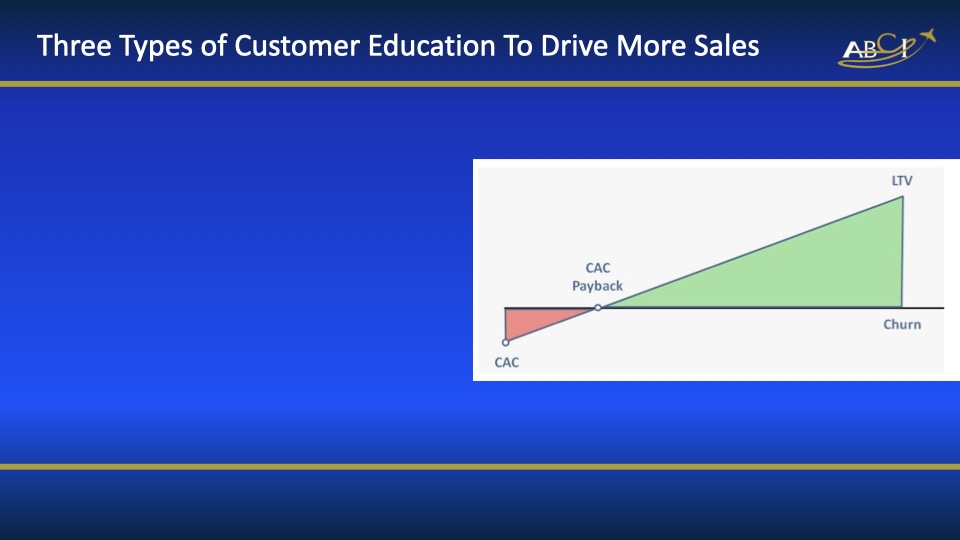

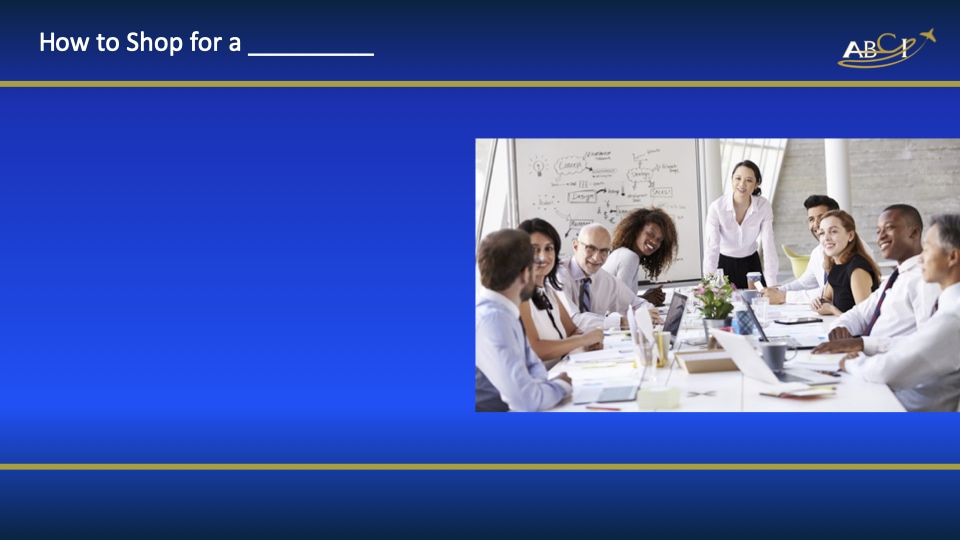
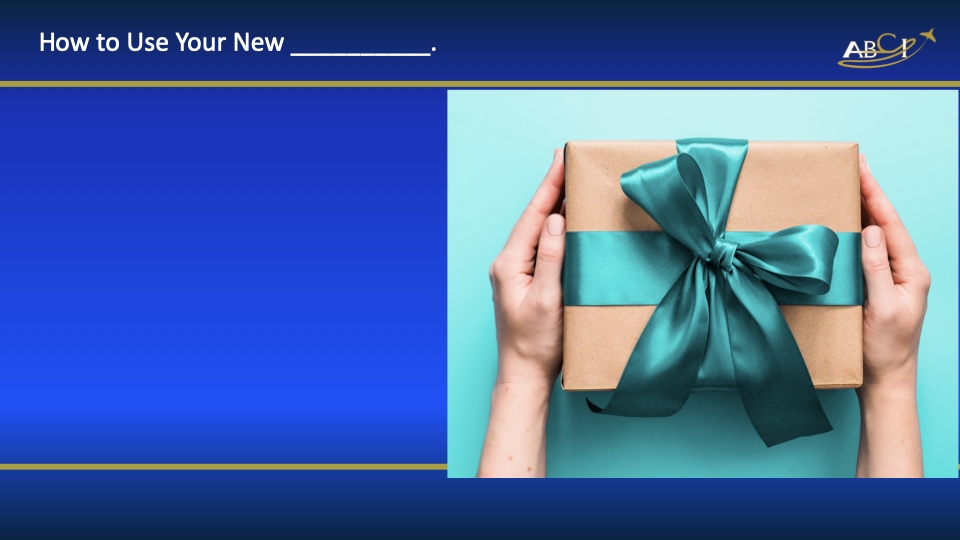
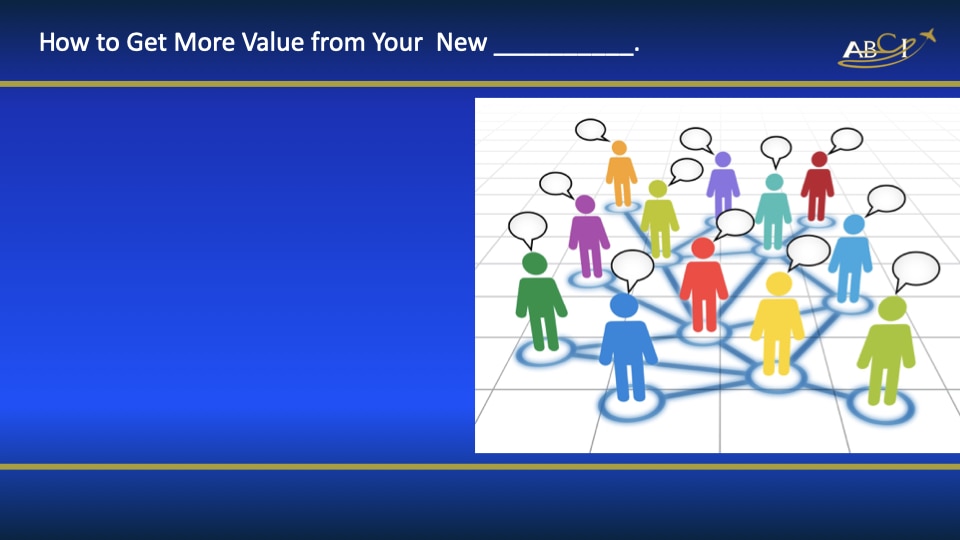




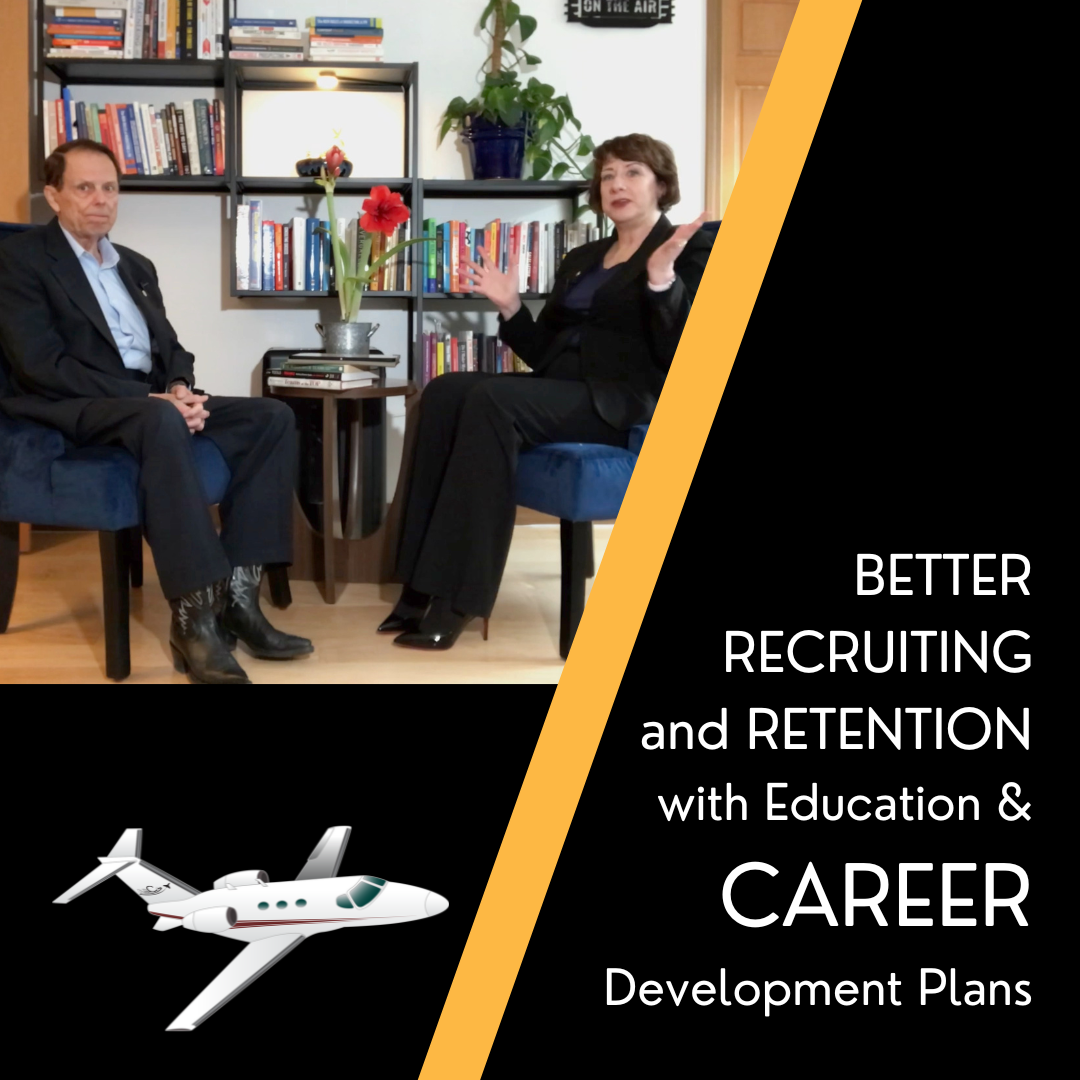
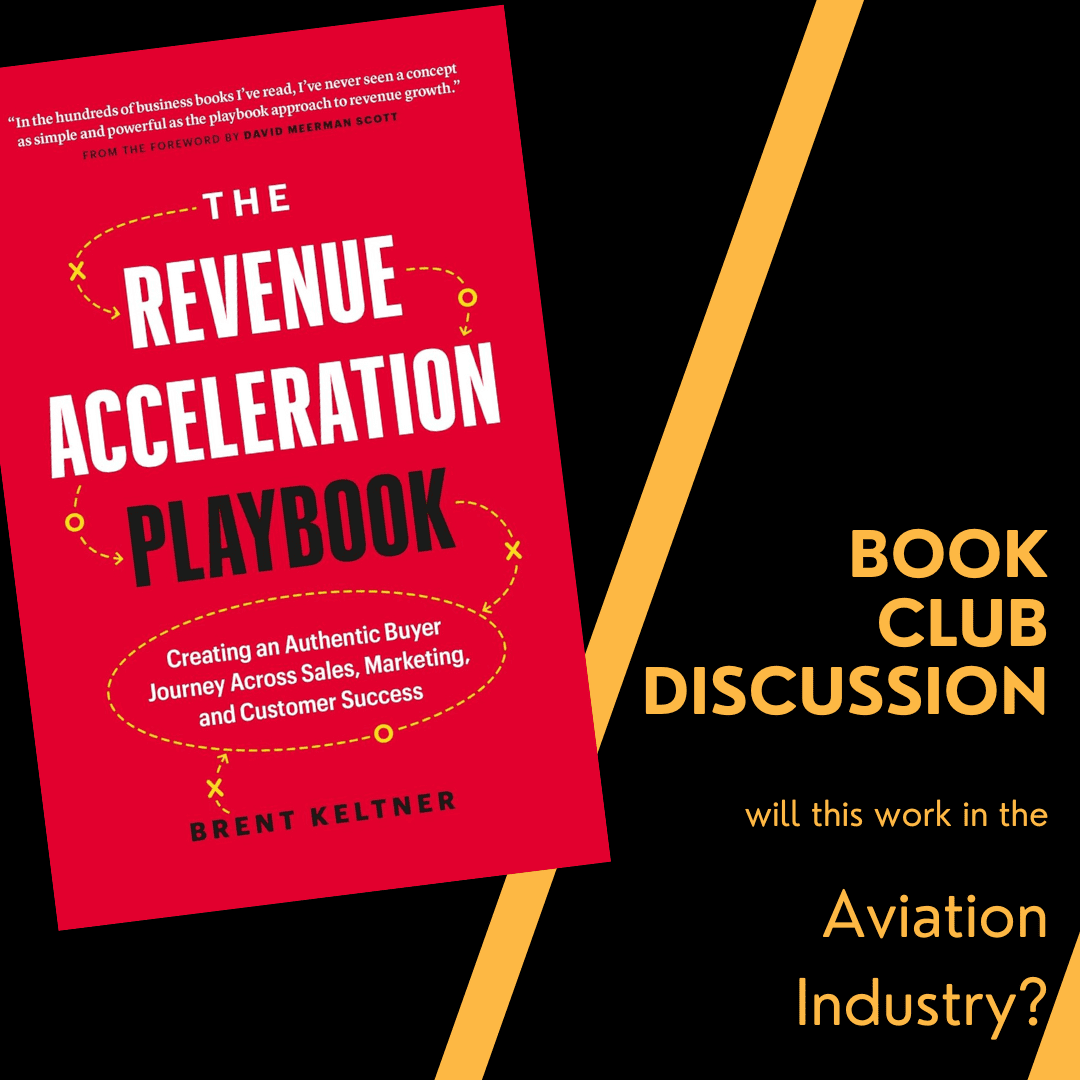
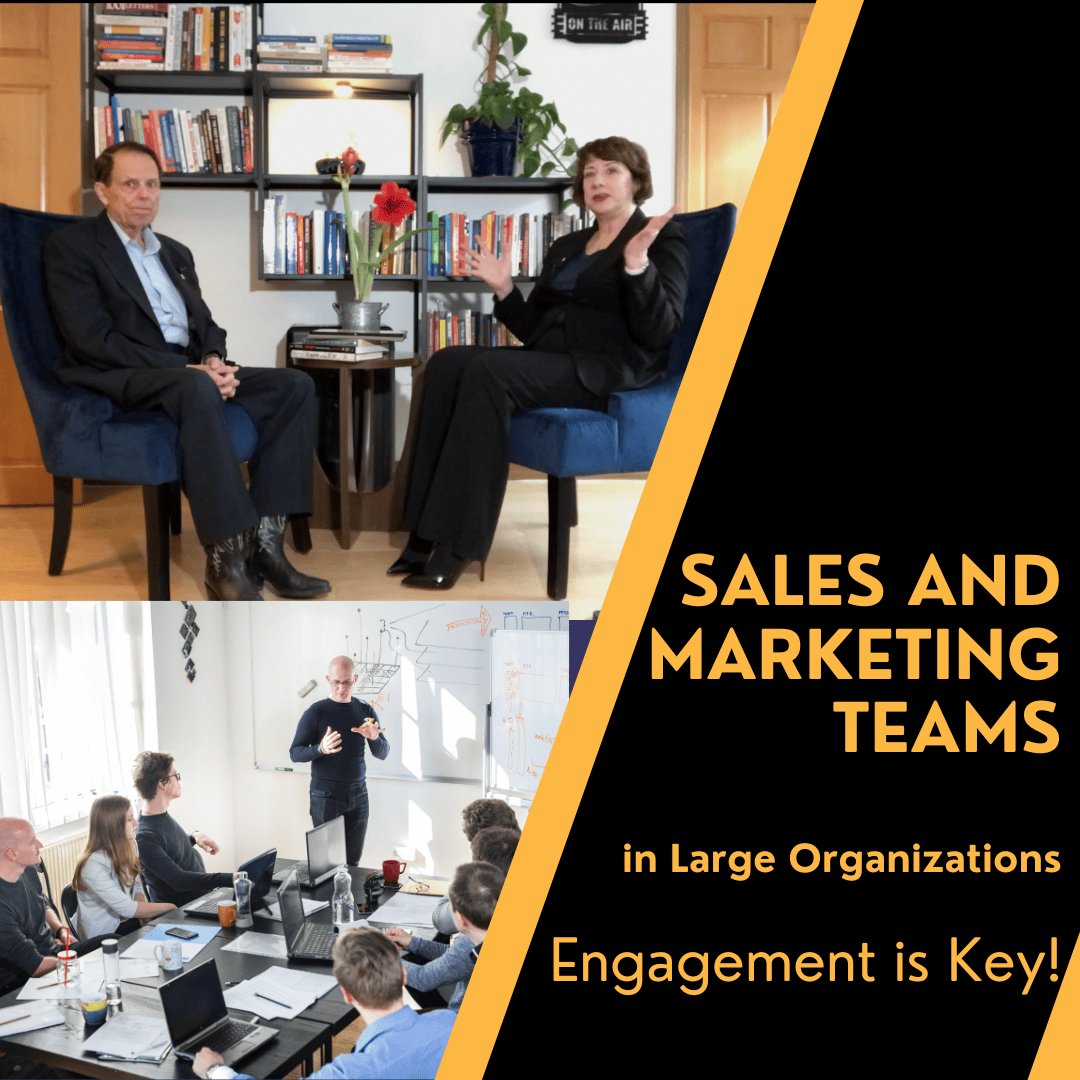
Educating customers is definitely something that all businesses should be investing in.
I’m so glad you agree!